How to Guarantee the Stability of Power Grids with a Dominant Share of Renewables
How to Guarantee the Stability of Power Grids with a Dominant Share of Renewables
One of the most important lessons we have learned as engineers over the years is that there are no perfect or infallible systems. Every system, no matter how sophisticated, operates within limits defined by its specifications. When it moves beyond that regime, its behaviour can become unpredictable.
On 28 April, we witnessed an undesirable event: the failure of an entire power system, one of the most complex and costly infrastructures ever built by humankind. This kind of system involves thousands of professionals from various fields – engineering, economics, operations, maintenance, and more – working together every day to ensure that electricity flows continuously, invisibly and silently from generating plants to millions of consumers.
Something clearly fell outside the expected parameters, leading to far-reaching consequences. While there are now many hypotheses, it will take days or even weeks to fully understand what happened. To approach an explanation, it is useful to review how a modern power system functions and maintains its balance.
A Fundamental Balance
From a technical point of view, the power grid is designed to maintain, at all times, a precise balance between the energy generated and the energy consumed. When this balance is disrupted, even for milliseconds, transient instabilities may occur. If the imbalance lasts for more than a few seconds, the risk of system collapse increases significantly.
In alternating current systems, the frequency of the electrical signal – 50 Hz in Europe – acts as a key indicator of this balance. A frequency above the nominal value suggests excess generation; a lower frequency indicates a shortfall. For this reason, Grid Codes establish strict tolerance margins for both frequency and voltage.
If a generator or substation deviates beyond these margins, protection systems are designed to isolate them automatically, avoiding undesirable or unpredictable effects. When it is said that the system “lost generation”, it generally refers to generators being disconnected by these protection mechanisms due to abnormal conditions. This is precisely what happened on 28 April and triggered a chain of events leading to the blackout.
How to Maintain Grid Stability
Historically, grid stability depended on so-called “rotational mass”: the mechanical inertia of large synchronous generators connected directly to the grid. This inertia acted as a natural buffer against fast disturbances, helping to keep the frequency stable in the face of sudden changes in generation or demand.
However, modern renewable sources, such as photovoltaic solar and wind, do not possess this capability. They are connected to the grid via electronic power converters, which, by design, do not automatically respond to frequency variations or actively participate in voltage control, unless specifically programmed to do so.
In addition to its technical dimension, the power system is a sophisticated economic ecosystem. It operates through different markets, mainly the energy market (which defines the hourly generation mix) and the balancing services market (which ensures real-time equilibrium even during contingencies).
These markets aim to minimise the overall cost of energy, but the growing integration of renewables – which, once installed, generate at near-zero marginal cost – increases the need for ancillary services to ensure system stability. In other words, what is gained in economic efficiency may require greater investment in operational reliability.
When Renewables Dominate
April, typically characterised by low electricity demand (due to limited need for heating or air conditioning), is ideal for renewables to cover a large share of consumption. This reduces production costs, but also means operating the grid under low-inertia conditions, with fewer rotating generators and more electronic converters. All indications suggest that the incident on 28 April occurred under these conditions, which undoubtedly contributed to the failure.
Fortunately, modern converters can already be controlled to mimic the behaviour of rotating generation, providing inertia support and helping to stabilise frequency and voltage.
Researchers at the Electrical Systems Unit of IMDEA Energy are developing new control algorithms for power converters that serve as interfaces for renewable sources and batteries. To make this a widespread reality, regulatory changes, economic incentives, and new remuneration schemes that value these services are required.
In countries like Spain, which operate relatively isolated grids, specific markets are already being created for stability services – such as real or virtual inertia – and grid connection requirements are being revised to enable renewables to actively participate in system control.
From an engineer’s perspective, it is clear that, in order to ensure the reliability of power systems under increasingly demanding operating conditions, we must rethink traditional principles of operation. It is not just about adapting, but about defining new specifications for a system – a vital product – that is evolving rapidly and on which we all depend.



